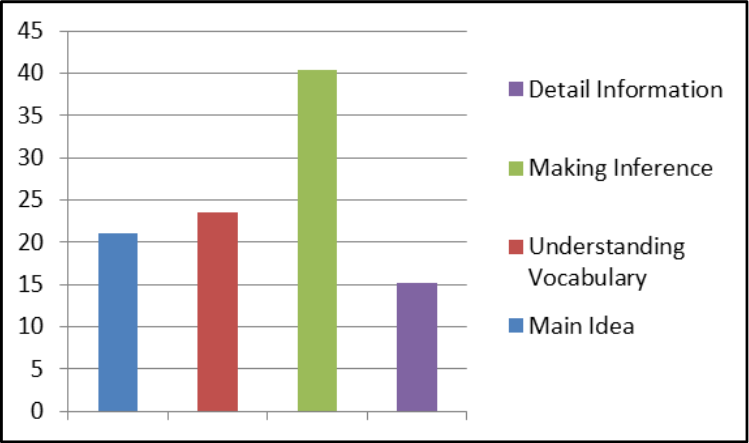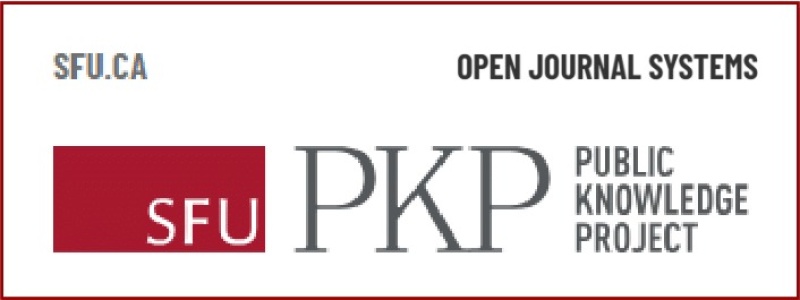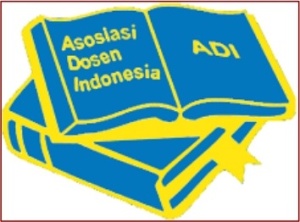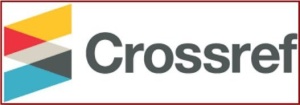Students’ Abilities and Difficulties in Comprehending English Reading Texts at Second Grade Students’ of SMA Negeri 1 Sakra Timur
DOI:
https://doi.org/10.36312/educatoria.v4i2.260Keywords:
Students’ Abilities, Students’ Difficulties, Reading Comprehension.Abstract
Reading is one of the four language skills taught in English learning process. Reading comprehension is the process of making meaning from the texts. Reading comprehension is the ability of the students to read the English reading texts, process the texts, and understand its meaning and integrated with what the reader already knows. The students had still low ability and high difficulties in comprehend the text. This study deals with the abilities and difficulties of the students in comprehending English reading texts. This research study aimed (a) to know the students’ reading abilities in comprehending English text, (b) to find out the students’ difficulties in comprehending English text, (c) to identify factors of causing the students’ difficulties in comprehending English text. The research employed qualitative research method. Data were collected through documentation/worksheet test and interview by 25 students’ and English teacher at senior high school in Sakra Timur. Among other findings, the present study reports that the students’ ability in comprehending English reading texts focus on descriptive text was still low. They had got low ability because they had high difficulties in comprehending English text. The difficulties faced by the students were determining main idea, understanding vocabulary, difficulties in making inference, and to looking for the detail information. The factors were causing the students’ difficulties in comprehending consist of two factors internal and external. The internal factors consist of the student difficulties in understanding long sentence, inadequate instruction presented by teacher, and difficulties in understanding vocabulary). The external factor consists of school and house environment. The other problem is the students’ lack of motivation, lack of interest in English, and lack of participant in English learning process. Their low in reading comprehension was due to their difficulties in comprehension.
Downloads
References
Ary, D., Jacobs. L. C., & Sorensen, C. (2010). Introduction to Research in Education (8thed). California: Wadsworth.
Brown, H. D. (2003). Reading on Second Language Acquisition. New York: Longman.
Dewi, I. N., & Safnowandi, S. (2020). The Combination of Small Group Discussion and ARCS (MODis-ARCS Strategy) to Improve Students’ Verbal Communication Skill and Learning Outcomes. Prisma Sains: Jurnal Pengkajian Ilmu dan Pembelajaran Matematika dan IPA IKIP Mataram, 8(1), 25-36. https://doi.org/10.33394/j-ps.v8i1.2478
Macceca, S. (2014). Reading Strategies for Science Second Edition. Huntington Beach: Shell Education Publishing, Inc.
Merriam, S. B., & Tisdell, E. J. (2015). Qualitative Research: A Guide to Design and Implementation 4th Edition. New Jersey: John Wiley & Sons.
Moleong, L. J. (2014). Metode Penelitian Kualitatif. Bandung: PT. Remaja Rosdakarya.
Larasati, D. (2019). An Analysis of Difficulties in Comprehending English Reading Text at the Eleventh Grade Students of MA Lab UIN-SU Medan. Thesis. University of North Sumatera Medan.
Sudijono, A. (1987). Pengantar Statistik Pendidikan. Jakarta: Rajawali Pers.
Sugiyono. (2012). Metode Penelitian Kuantitatif Kualitatif dan R&D. Bandung: CV. Alfabeta.
______. (2014). Metode Penelitian Pendidikan Pendekatan Kuantitatif, Kualitatif, dan R&D. Bandung: CV. Alfabeta.
Syamsir, N. F., Astri, Z., Suhartina, S., & Noer, F. (2021). Improving Reading Comprehension Skill Through Listen-Read Discuss (LRD) Learning Strategy. Journal of Science and Education, 1(2), 60-71. https://doi.org/10.56003/jse.v1i2.28

Downloads
Published
How to Cite
Issue
Section
License
Copyright (c) 2024 Rodiyathul Aini

This work is licensed under a Creative Commons Attribution-ShareAlike 4.0 International License.
-
Attribution — You must give appropriate credit, provide a link to the license, and indicate if changes were made. You may do so in any reasonable manner, but not in any way that suggests the licensor endorses you or your use.
-
ShareAlike — If you remix, transform, or build upon the material, you must distribute your contributions under the same license as the original.








































